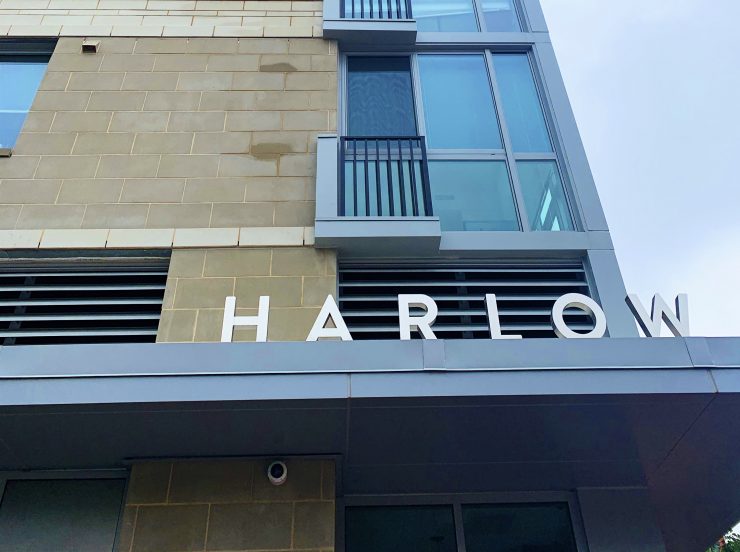The development of Navy Yard’s newest affordable housing complex offered more than a home — it meant green cards for some investors, made possible through a controversial immigration initiative.
The Harlow, located at 1100 Second Place SE, celebrated its grand opening a little over a week ago.
The mixed-income housing project was one of many D.C. operations to use the federal investment process, EB-5, an immigrant investment program made to help create jobs for American citizens.
The complex was part of a larger redevelopment plan in Navy Yard by development company Urban Atlantic.
The Harlow was created in partnership with the District of Columbia Housing Authority, DCHA, and was the first time DCHA participated in a project that used EB-5 investment.
In an article by DCHA about the opening, members of the housing authority said the federal funding offered “innovative” efforts to provide better affordable housing opportunities.
DCHA Executive director, Tyrone Garrett, is quoted saying, “Not only will this building offer great amenities to its affordable and market-rate residents, alike, but it serves as a great example of what a local and federal partnership can do to create affordable housing in the District.”
The EB-5 Immigrant Investor Program is overseen by the United States Citizenship and Immigration Services, USCIS, and is the only investor program that offers permanent residence to foreign investors.
Those who provide $900,000 or more to support a project that will provide jobs to U.S. citizens will receive a green card once both their investment and permanent residence applications are approved.
The LCP Group, a real estate investment manager involved in the Harlow’s development, reports that of the $74 million that went into the creation of the apartments, $14 million came from EB-5 investor capital and an estimated 414 jobs were created.
Despite The Harlow’s success in using EB-5 investors, the immigration program is controversial for many, according to Denyse Sabagh, head of Duane Morris Law Firm’s immigration practice group.
“People dislike the program for two base reasons. They feel like the legislation is selling visas, and with regard to the EB-5 program itself, some people feel the programs aren’t being used in areas they were allegedly supposed to be in, like rural counties,” Sabagh said.
Controversy also comes from long processing times for foreign investors hoping to receive a green card.
This long wait time, Sabagh said, leaves the Visa program a last resort for many who hope to obtain lawful permanent residence in the United States.
“If you really can’t get a green card any other way, and you have a lot of time, then it can be a viable option. But USCIS doesn’t make the use of that program very easy. It’s a very very slow process and it just was made to be that way,” Sabagh said.
Michael Gibson, an Investment Advisor for EB5 Projects, an investment marketplace, said those using the funds are also critical.
Additional concerns about the constant increase of costs to use EB-5 investment threatens the future of the program, according to Gibson.
“Initially, developers were using EB-5 because it was a cheaper means of financing projects. Now, I think the program has reached its peak in popularity because the rules are changing, so it’s going to be harder to raise the capital,” Gibson said.
The program once required foreign investors to invest a minimum of $500,000, but recent legislation raised the amount to $900,000. This raise creates a strain between foreign investors and U.S. developers, according to Gibson.
But, Sabagh said the use of EB-5 investment in urban areas is still happening, despite skepticism, and the District is a perfect candidate for it.
“People are saying we need more rental housing and affordable housing so if EB-5 funding can bridge the gap then it makes sense. Especially DC projects like the Harlow, that was a great candidate for EB-5 and mutually beneficial for green card recipients,” Sabagh said.















Add comment